
Haruo Oba Interview
In this issue’s profile, Touchpoint publisher Prof. Birgit Mager speaks with Haruo Oba, the General Manager of the Sony Corporation Creative Center B2B Design Department. He started introducing service design to Sony in 2010.

Browse all Touchpoint Articles

In this issue’s profile, Touchpoint publisher Prof. Birgit Mager speaks with Haruo Oba, the General Manager of the Sony Corporation Creative Center B2B Design Department. He started introducing service design to Sony in 2010.

What does it mean for a service designer to work for an independent, mid-size design agency or an in-house design agency that is part of a large management consultancy? Having worked in both environments, here is my perspective.

What is the impact of silos in large multinational corporations with multiple divisions, worldwide offices and multiple product lines? How often have we found ourselves in a situation where there are breakdowns in communication, cooperation and coordination between different teams and stakeholders?
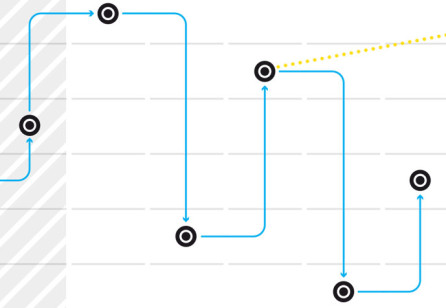
The Jobs-to-be-Done (JTBD) framework has been in use by innovation consultants for a few years now. Yet only recently has it started gaining broader momentum, being adopted in areas of design. After applying various JTBD tools at Nokia since 2013, we are able to integrate them with our familiar service design methods, improving and extending them.
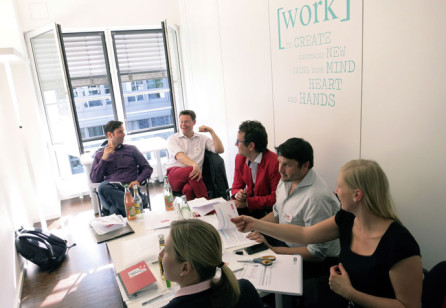
Service design was entirely unknown at E.ON. However, after initially being met with scepticism, service design soon became a standard component of the company’s culture.

Rêve Consulting is a strategy and service design consultancy located in Minneapolis, Minnesota, a state that is home to one of the highest number of Fortune 500 companies per capita in the United States.
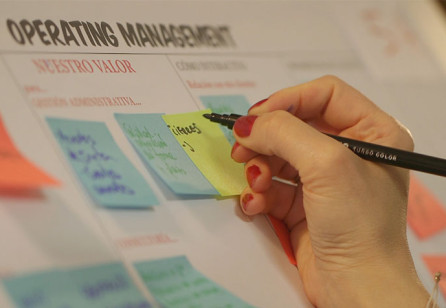
I’m going to talk about a story of perseverance. While I was thinking about the topic of this article, I went to the monthly meet-up of Service Design Drinks Madrid to get some inspiration. Maybe it’s a coincidence, but the topic was 'In-house Service Designers versus Service Design Consultants'.
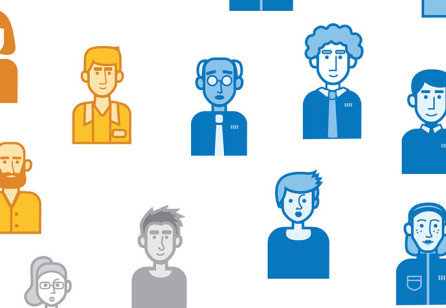
Does it really make sense to build an internal service design competence? Will the effort, time and money invested bring a genuine benefit for the company? Is it a better solution building it in-house instead of buying it from a consultancy?

What happens when three designers share their mistakes, stories and insights from their different industry experiences?
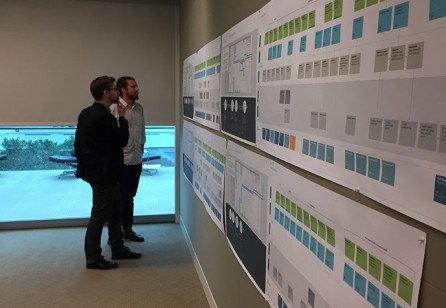
When Capital One acquired Adaptive Path in October 2014, the service design community took notice. Was this the end of service design as we know it? Or the beginning of a new era?
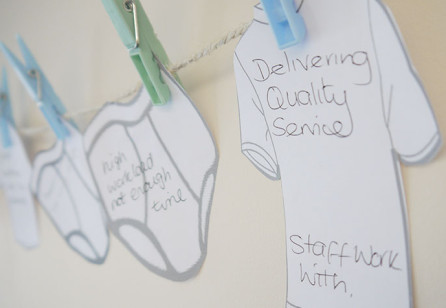
Five years ago, Shropshire Council in the UK took its first steps towards creating an in-house service design team to help them think differently about the challenges they faced.

Though currently considered very different design arenas, services are frequently the window into systems. When a customer engages with a service, they are, in fact, being drawn into the top layer of a system. Like a giant iceberg, the service is what has been made visible, what can be known.
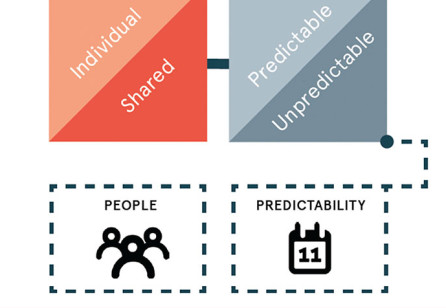
“We are present in the most important moments in customers’ lives. Therefore, we can influence them positively by providing value with our services.” These were the first words I heard at Aegon, a Dutch insurance company. The vision was clear: the challenge was to put it into practice.

Today’s challenges in service design are complex: as Eric Ries puts it, the question is not ‘Can this product or service be built?’. In the modern economy, almost any imaginable product or service can be built. The more pertinent question is ‘Can we build a sustainable business around this set of products and services?’

Wikipedia defines analytics as “[T]he discovery and communications of meaningful patterns in data.” As an emerging discipline, service design can benefit from the implementation of service analytics, in which data on service delivery is collected, analysed and reported across multiple channels.
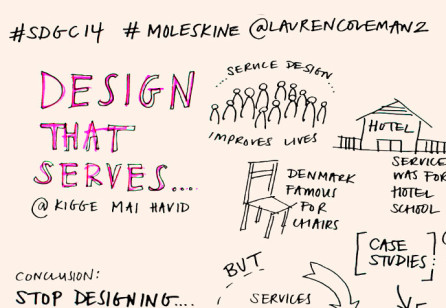
In order to truly grasp how service design has developed and where it may be headed, we must have a clear understanding of how societal changes inspire and influence the world of innovation.
